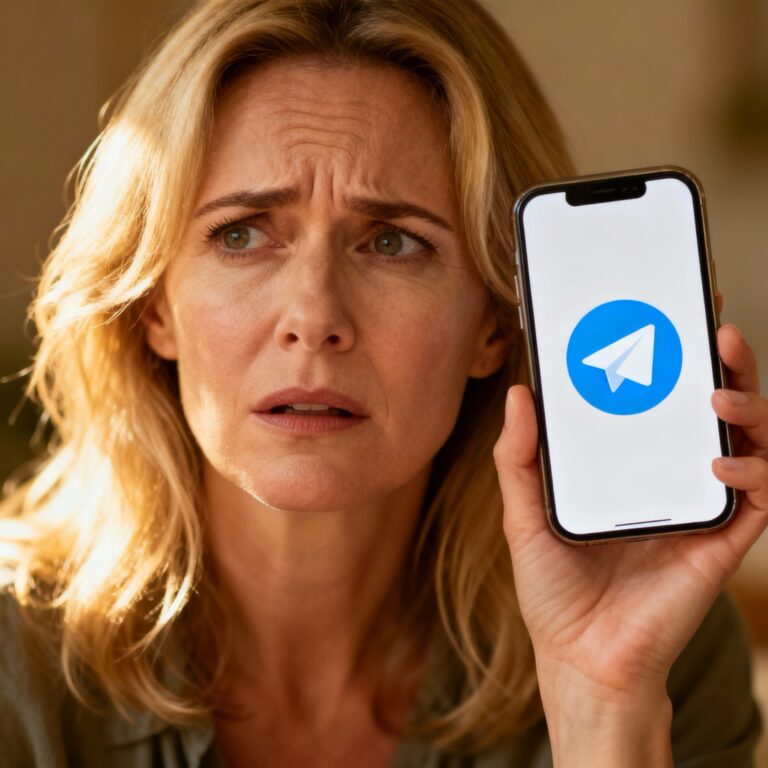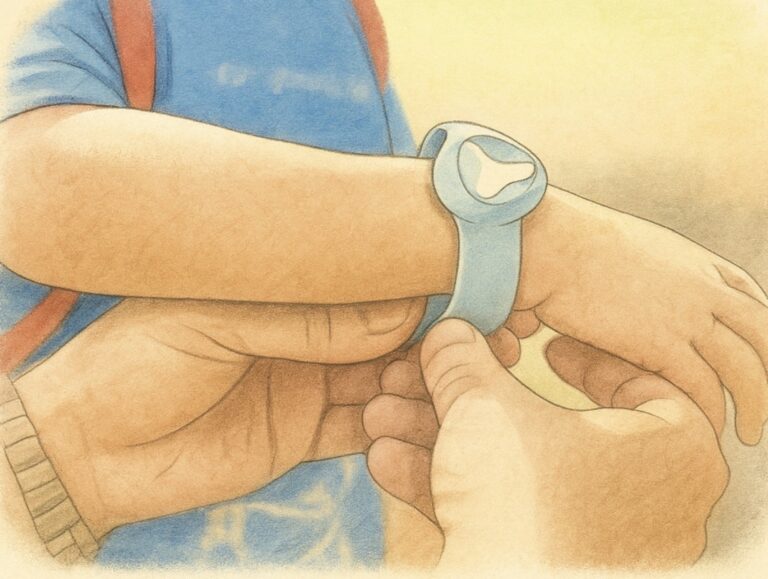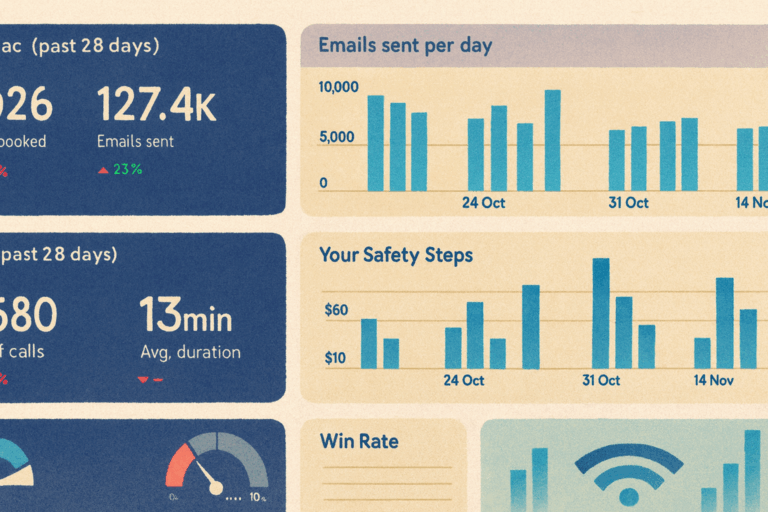Don’t share your account

Don’t Share Your Account: Why Giving Kids Your Logins Can Put Your Family at Risk
Written by a family tech consultant (and parent). Calm, practical guidance with UK help links. No gimmicks.
Short answer: sharing your own logins with your child (Apple ID, Google, Amazon, PlayStation, Netflix, etc.) seems convenient — but it quietly hands over your saved cards, photos, messages and account recovery. Set up family accounts instead and keep recovery in adult hands.
“It’s just easier if they use mine…” (a relatable story)
Lucy was in a rush before dinner. Her son needed a new game, so she signed him into the App Store with her Apple ID. Two weeks later, Lucy’s camera roll appeared on the iPad, a subscription renewed she didn’t recognise, and her messages showed up on the family device. Nothing malicious — just the natural side effects of sharing an account that controls everything.
Did you know? Your Apple ID or Google account can sync your camera roll, saved payment cards, cloud files, messages, contacts, device backups and even saved passwords. Giving a child that login is like handing over your wallet, diary and photo albums together.
What your account really contains
- Saved payment methods: cards and one-click purchasing on app stores and retailers.
- Photos and messages: iCloud/Google Photos, iMessage/Chats and app data can sync to any signed-in device.
- Password & device control: browser-saved logins, cloud keychains, “Find My”/device management.
- Subscriptions and purchases: apps, films, in-game currency, and renewals tied to your ID.
What can go wrong (even in kind, ordinary families)
- Accidental spending: in-app buys, game currency, or subscriptions renewing unnoticed.
- Privacy breaches: your camera roll or messages appear on a shared device.
- Account lockouts: a child changes a password or adds their own recovery email/phone by mistake.
- Cross-service access: once signed in, other apps may inherit permissions (cloud storage, email, location).
Safer ways to share access (without sharing your login)
Apple families
- Use Family Sharing: create a child Apple ID; approve app purchases with Ask to Buy.
- Keep your Apple ID private: do not sign a child’s device into your personal ID.
- Use Screen Time: app limits, content ratings and downtime schedules.
Android families
- Use Google Family Link: create a supervised account; approve installs, set bedtimes.
- Payments: add allowance or gift cards to the child account instead of your card.
Streaming & gaming
- Netflix/Disney+/Prime: create Kids profiles; keep the account password private.
- PlayStation/Xbox/Nintendo: use child profiles with spending limits and chat privacy.
If you’ve already shared — fix it now (takes ~10–15 minutes)
- Change your password to a unique one (use a password manager).
- Turn on two-factor authentication (authenticator app where possible) and store backup codes safely.
- Review recovery details — make sure the recovery email/phone belong to you.
- Sign out of all devices from the account’s security page; then sign back in only on adult devices.
- Create a child account (Family Sharing or Family Link) and move the child device to that profile.
Helpful UK resources
- NCSC Cyber Aware — practical steps for securing accounts and checking for reused passwords.
- Get Safe Online — independent consumer advice and how-tos.
- Action Fraud — report unauthorised spending or fraud.
- CEOP Safety Centre — if a child has been pressured to share private content or faced exploitation.
Teach the habit: accounts are personal
- Family rule: logins are private; we use profiles and approvals instead of password sharing.
- Model it yourself: never message passwords; use a manager (Bitwarden/1Password/NordPass Family).
- Talk about why: it’s about protecting photos, payments and reputation — not about catching anyone out.
Related guides from Understanding Tech
- Family Rules for Online Chat
- Your Wi-Fi Can Be Your Best Parenting Tool
- Parental Controls on iPhone & Android
At Understanding Tech, we’re parents first and tech people second. We translate jargon, test settings and share what actually works at home — so families feel safer, calmer and more confident online.
Download the Don’t Share Your Account Guide (PDF)
Disclosure: Links are provided for convenience; we do not use affiliate tracking or receive payment for recommendations. Prices and availability change frequently.







